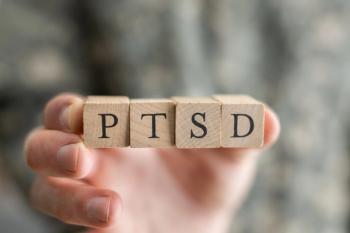
|Slideshows|March 2, 2018
10 Factors to Consider When Assessing PTSD
Author(s)Ralph J. Koek, MD
The author addresses some of the complexities in assessing and managing treatment-resistant PTSD.
Advertisement
Newsletter
Receive trusted psychiatric news, expert analysis, and clinical insights — subscribe today to support your practice and your patients.
Advertisement
Latest CME
Advertisement
Advertisement
Trending on Psychiatric Times
1
FDA Grants Breakthrough Therapy Designation to Alixorexton for the Treatment of Narcolepsy Type 1
2
FDA Accepts Investigational New Drug Application for COMP360 for PTSD
3
Neurosterix Announces Phase 1 Study of NTX-253 for Schizophrenia
4
Stress in Sports: What It Really Means and How to Discuss With Athletes
5

















